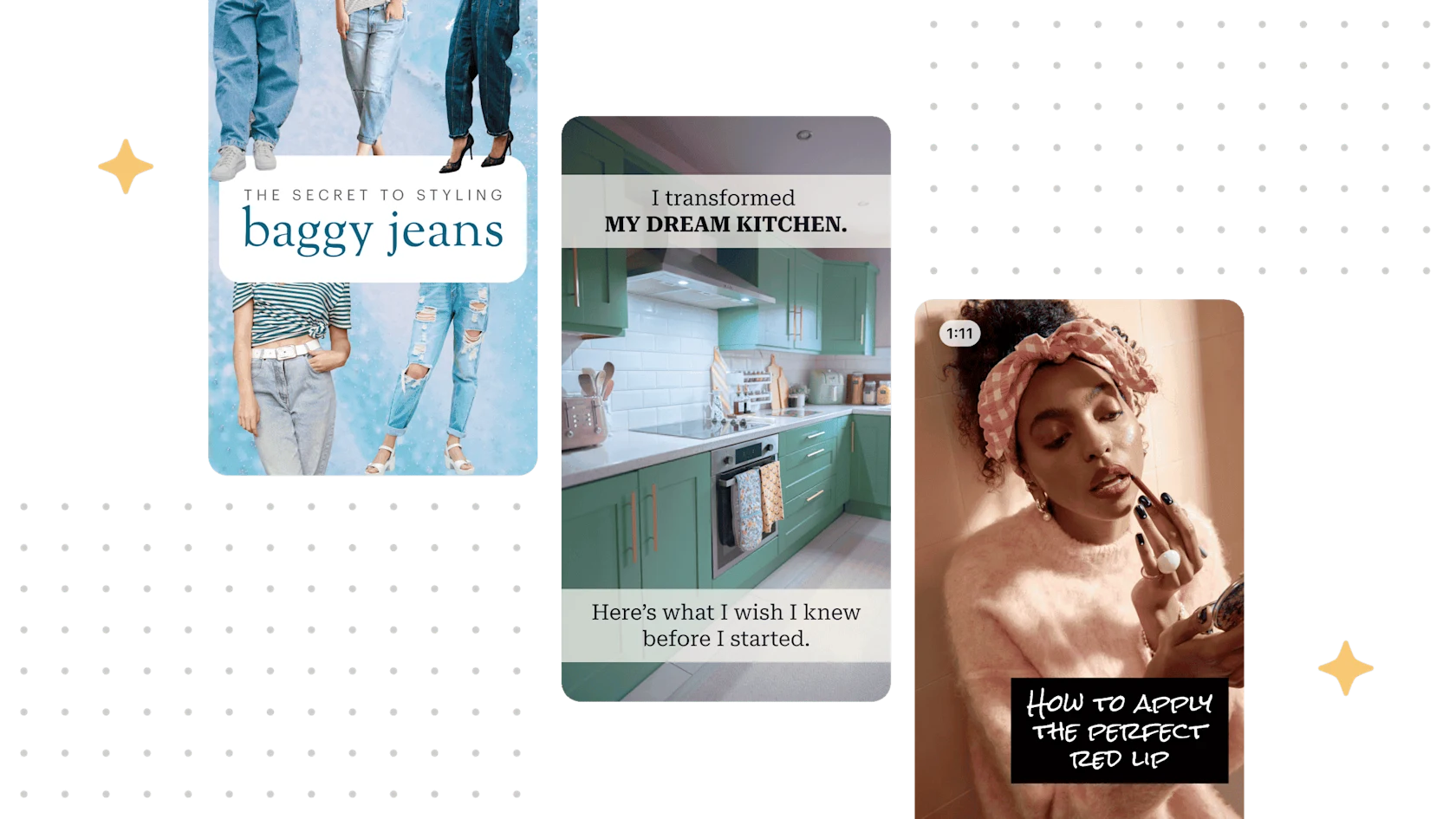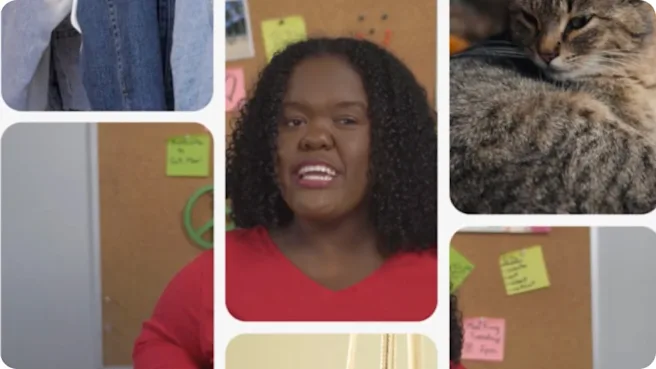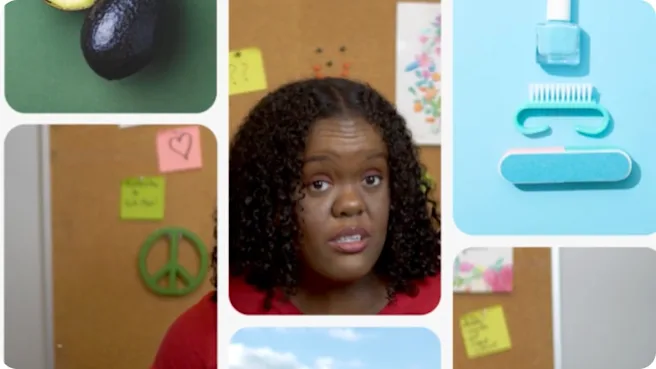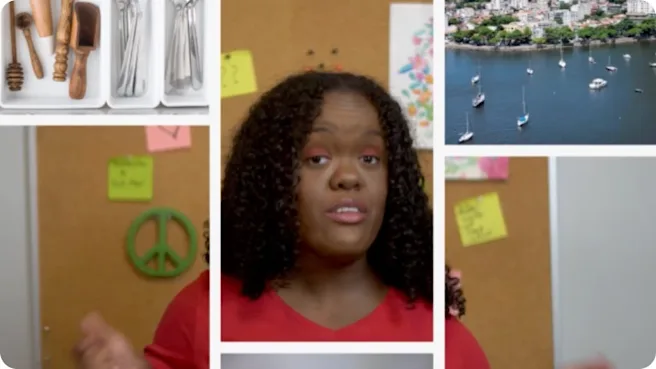Digital storytelling 101: How to tell an effective story in any format
March 17, 2025

Great storytelling can engage your audience, build connections and enhance brand identity. But while managing so many formats, lengths and platforms, knowing how to get your story across can be a challenge. The way you tell your story is just as important as the story itself. Here are some tips to keep in mind that can help your content to stand out across different formats.
1. Grab your audience’s attention
With endless content competing for attention, capturing your audience early is essential. A compelling hook—whether voiced over, written in a caption or overlaid on an image—can create intrigue that keeps them interested. Consider starting at the end, teasing a reveal or leading with an unexpected detail or cliffhanger.
Imagine, for example, that you’re sharing a kitchen renovation journey. If you’re titling an article or photo, instead of ‘How I created my dream kitchen in 30 days’, you could try ‘I transformed my dream kitchen, here’s what I wish I knew before I started’. If you’re creating an image, rather than just the before or the finished product, try leading with a before and after side by side, and driving to a link with more details. For a video, you could show the before while covering up the after and alluding to shocking results. And when making a carousel, a slide of progress pics teasing a reveal of the finished home on the last slide might be more effective than multiple shots of the final product.
2. Hone your voice and style
Though distinct, voice and style go hand in hand—and you’ll want to use both to your advantage. Think of voice as the ‘who’ and style as the ‘how’. Voice is your unique personality and perspective. To understand your voice when creating content, consider your role. Are you an expert? An enthusiast? A friend? And what qualities and experiences do you bring to that role?
If voice is the role, style is how you embody it. In other words, how you interact with your audience. This can manifest both in the tone that you adopt (as an expert, are you more serious or playful? Are you giving a lecture or having a conversation?) and the types of content that you create (video or image? Text heavy or photo-forward?). As you develop content, focus on finding your unique combination of an authentic voice and an effective style.
3. Keep it simple and focused
In an online environment, brevity and clarity are key. Break content into digestible chunks, and especially in short(er)-form content, don’t stray too much from the main story. Clearly introduce your intended story and any characters or challenges to set expectations. Then stick to a clear message or lesson. When deciding whether a point should stay or go, consider whether it would fit as one of three to five bullet points under your title. If not, it might be better as its own piece of content. Bonus: This gives you a new piece of content to create, and can help to expand your content supply.
4. Be real and create connection
Digital content has grown beyond just polished, aspirational moments—it’s about experiencing the full range of human emotions. Pulling from your own life can help to build trust and foster meaningful engagement.
Draw from all kinds of personal experiences and feelings. While highs and lows have their place, a lot of life’s most relatable moments happen in between. Try leaning into something a little less polished and a little more real, such as surprise, humour, everyday challenges and shared frustrations to help your audience relate to your content. The more your audience can see themselves in your content, the more your story will resonate.
Tell your story on Pinterest
Whatever story you’re telling – in whatever format you tell it – Pinterest makes it easy to connect with your audience.


